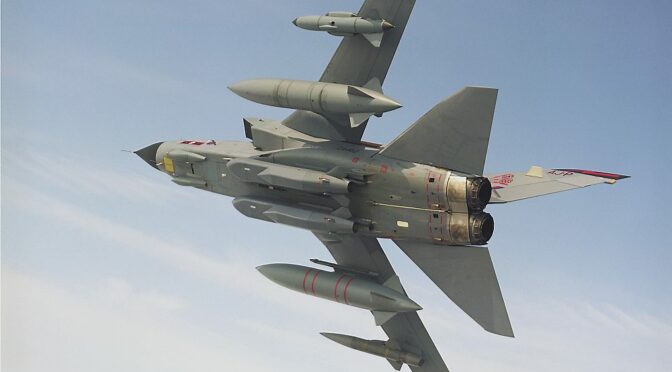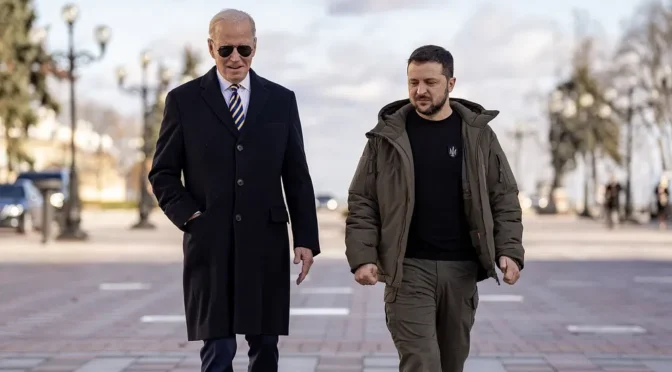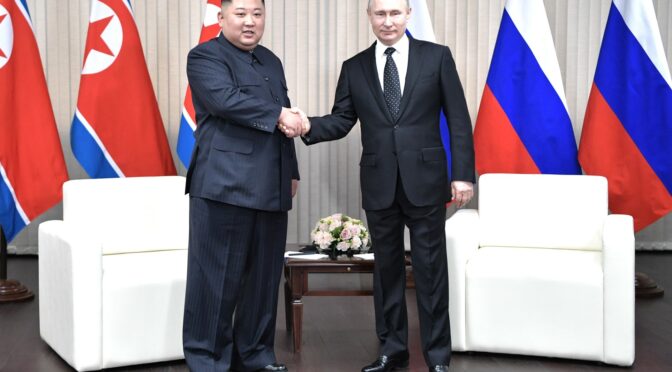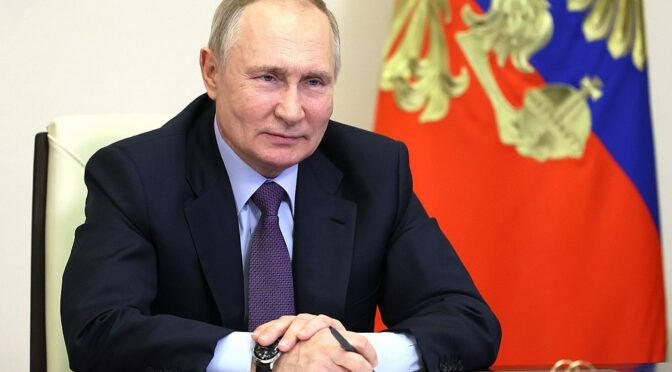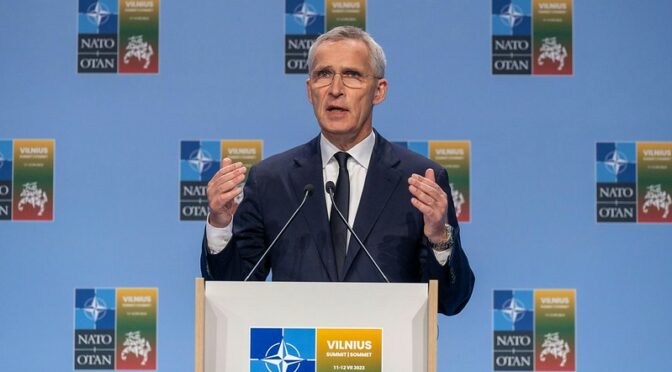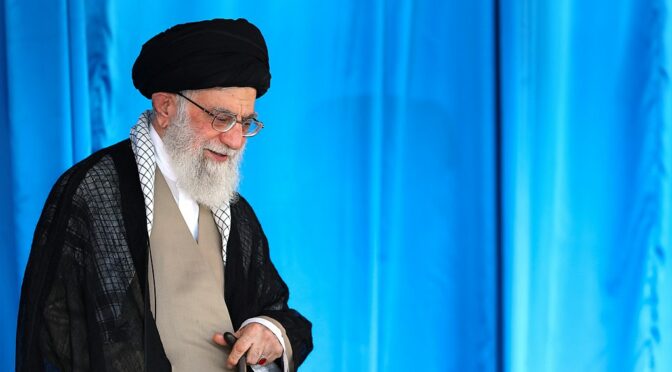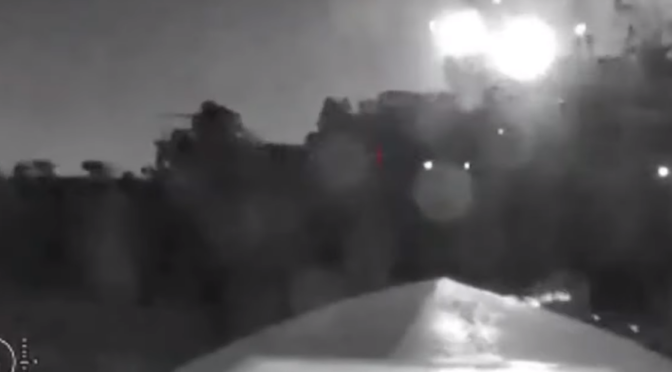Article published in The Daily Telegraph, 14 September 2023. © Richard Kemp
British-supplied Storm Shadow cruise missiles were the key element of a highly sophisticated Ukrainian air and sea attack this week that represented the most powerful strike against Crimea since the war began. The missiles hit a Kilo Class attack submarine and a large amphibious landing ship in the Russian-occupied port of Sevastopol, and likely caused significant damage to dock facilities. Disabling of the latter vessel was a particular blow for Moscow as these ships are critical for supply from Russia into Crimea following successive attacks on the Kerch Bridge.
When the UK first sent Storm Shadows to Ukraine, armchair experts derided their capabilities, suggesting they were only second best to US equivalents. That is certainly not the view in Kyiv. Most people I have met here in recent days – from senior military commanders and politicians to the man in the street – are hugely grateful for Britain’s support in their war effort. ‘Storm Shadow’ is now a familiar phrase in the Ukrainian lexicon.
Nor is it the view in Moscow, which has been targeting runways and air bases utilised by the planes that are used to launch Storm Shadow. These missiles have inflicted severe damage to Russian command posts and logistics dumps deep behind the front lines. And last month they were used to strike key bridges linking the Russian land corridor in occupied Ukraine to Crimea, disrupting supply lines.
With a range of 150 miles, Storm Shadow and its French equivalent, Scalp, are rare in being Western-supplied weapons that can reach into Crimea from behind current Ukrainian lines. This is believed to be the first strike on the peninsula itself by Storm Shadow. Along with previous attacks against Russian naval facilities on the Black Sea and on the Kerch Bridge, it has caused serious disruption to Putin’s strategy. Moscow will now have to redeploy scarce air defence assets to Crimea to protect against future attacks, increasing vulnerability in other critical areas. Continue reading

